India is the world’s largest democracy. It’s also a nation deeply influenced by centuries of social stratification based on caste. While the Constitution banned caste-based discrimination in 1950, caste has never really vanished—it’s simply evolved.
Today, caste plays a complex, often subtle yet powerful role in Indian politics, shaping everything from electoral strategies and voting patterns to candidate selection and policy promises.
In short, caste isn’t always visible. But it’s always present.
Let’s explore how caste continues to influence Indian political life, both in secret and in public.
📜 1. A Quick Primer: What Is the Caste System?
Caste, or varna-jati, is a traditional system of social hierarchy in India that divides people into rigid groups based on birth.
Major categories include:
Scheduled Castes (SC): Historically marginalised and formerly known as Dalits
Scheduled Tribes (ST): Indigenous communities with distinct cultures
Other Backwards Classes (OBC): Socially and educationally disadvantaged groups
General / Forward Castes: Traditionally privileged castes
The Indian government recognises SC, ST, and OBC groups for affirmative action and reservation policies, but caste identities also influence how people vote, campaign, and govern.
🧠 2. Why Caste Still Matters Politically
Despite rising literacy, internet access, and urbanisation, caste remains relevant for several reasons:
🔹 Identity and Representation
People often vote for candidates who belong to their own caste or are seen as allies. They believe such candidates will understand and protect their community’s interests.
🔹 Group Solidarity
Caste groups often act as voting blocs—a powerful tool during elections, especially in rural areas. Politicians actively try to secure support from dominant local castes.
🔹 Reservation Politics
The demand for job and education quotas continues to dominate political discourse. Whether it's the Jats, Patidars, or Marathas, caste-based agitations for reservation have political consequences.
🎯 Bottom line: Caste provides identity, power, and negotiation leverage.
🗳️ 3. Caste-Based Political Parties
Some parties have built their entire voter base around caste identities:
Bahujan Samaj Party (BSP): Represents Dalits and lower castes
Rashtriya Janata Dal (RJD): Strong Yadav-Muslim support base in Bihar
Samajwadi Party (SP): Initially rooted in OBC (especially Yadav) support
AIADMK / DMK in Tamil Nadu: Though not caste-based in name, they have strong caste-aligned vote banks
Even mainstream national parties like the BJP and Congress tailor their strategy to appeal to specific caste combinations in each state.
📍 4. Caste in Local vs. National Elections
🏠 At the Local Level:
Caste matters most.
Panchayat, municipal, and state elections often include local caste arithmetic.
Candidate selection is heavily influenced by the dominant castes in the area.
🇮🇳 At the National Level:
Caste still matters—but it’s often combined with other identities (religion, nationalism, class).
Political messaging may shift to broader themes, but caste calculations remain behind the scenes.
🎯 Example: In the 2019 General Elections, the BJP formed alliances with smaller caste-based parties in UP and Bihar to form a winning social coalition.
🤝 5. Coalition Building: Caste + Strategy
Political parties often form pre-poll and post-poll alliances based on caste groupings.
This involves:
Promising caste-based welfare schemes
Nominating candidates from "neglected" castes
Offering symbolic gestures like celebrating caste-based icons (e.g., Ambedkar, Phule)
Sometimes, parties engineer social coalitions like:
"Rainbow Coalitions" (e.g., Dalits + Muslims + Tribals)
"Upper caste + OBC" formulas used effectively by the BJP
Caste isn’t just a problem to solve—it’s a resource to mobilise.
🧾 6. Reservations and Vote Banks
The debate over reservations (quotas) continues to spark protests, court battles, and political debates.
OBCs and Dalits want preservation or expansion of quotas
General category groups (like Jats, Patidars, Marathas) demand inclusion
EWS quota (10%) for economically weaker sections was introduced recently, partly as a political response to upper caste anxiety
🎯 These demands translate into votes, and political parties know it.
📱 7. Caste and Digital Politics
You might think the digital age would erase caste boundaries, but it’s done the opposite.
WhatsApp groups, Facebook pages, and Twitter trends are targeted by caste groups
Politicians make caste-specific appeals online
Hashtags like #JatavPride, #YadavSamaj, #PasiPower trend before elections
🧠 Digital caste identity is now a strategic part of campaigning.
🙋 8. Youth & Urban Voters: Is Caste Fading?
Among urban Gen Z and Millennials, there’s some shift:
More cross-caste friendships and marriages
Increased focus on economic and merit-based issues
Activism on intersectional issues like gender, caste, and class
Yet, even educated youth often carry internalised caste identity—especially during matrimonial searches, cultural events, or political debates.
🧠 Caste may be invisible in urban spaces, but it’s rarely absent.
🎯 Final Thoughts: Caste Is Changing—Not Disappearing
Caste in Indian politics today is:
Less about old, rigid hierarchies
More about political representation, access, and identity
Still deeply rooted in voter behaviour and party strategy
Yes, things are changing. More people vote across caste lines. More leaders come from marginalised backgrounds. But to say caste no longer matters in Indian politics would be a myth.
Caste is not just a relic of the past—it’s a living, breathing political force.
And it will continue to shape India’s future, until true equality—social and political—is not just promised, but practised.


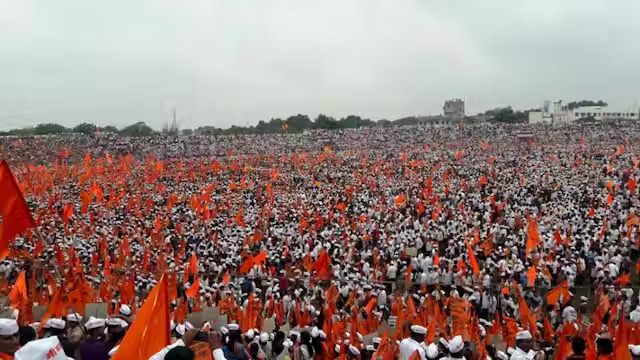

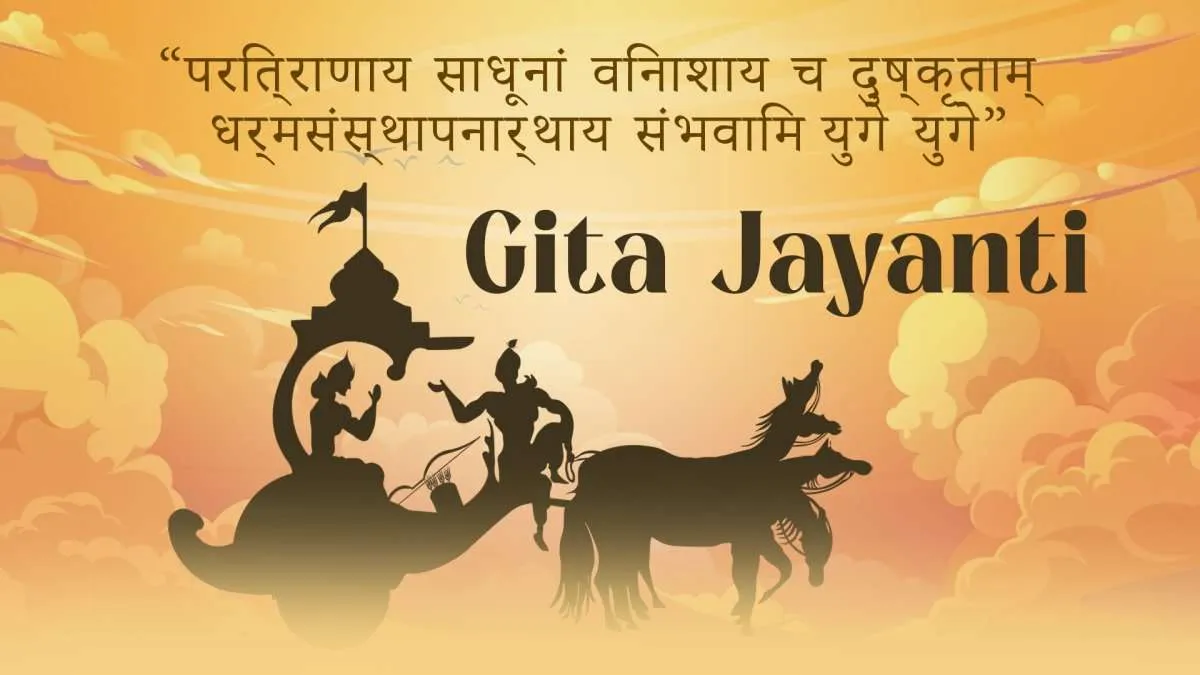
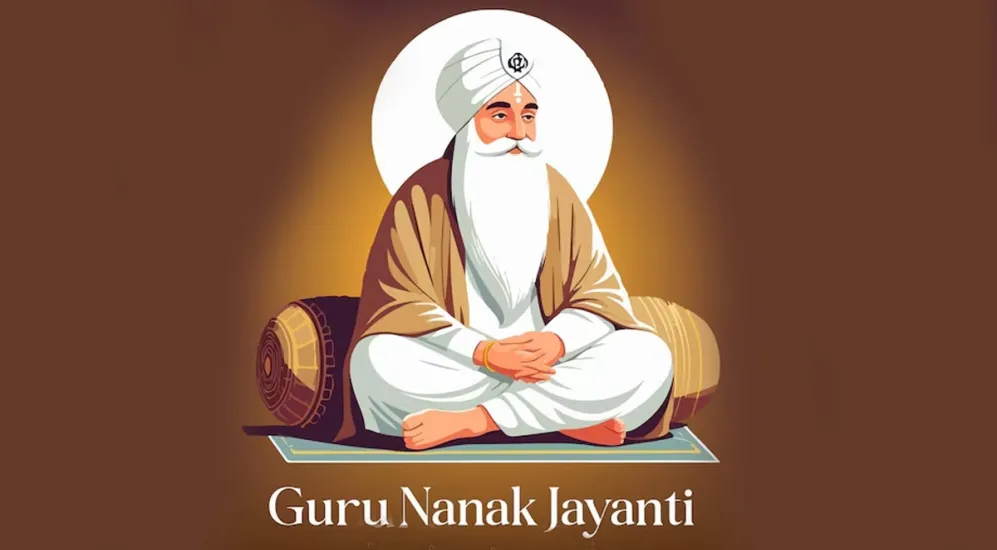
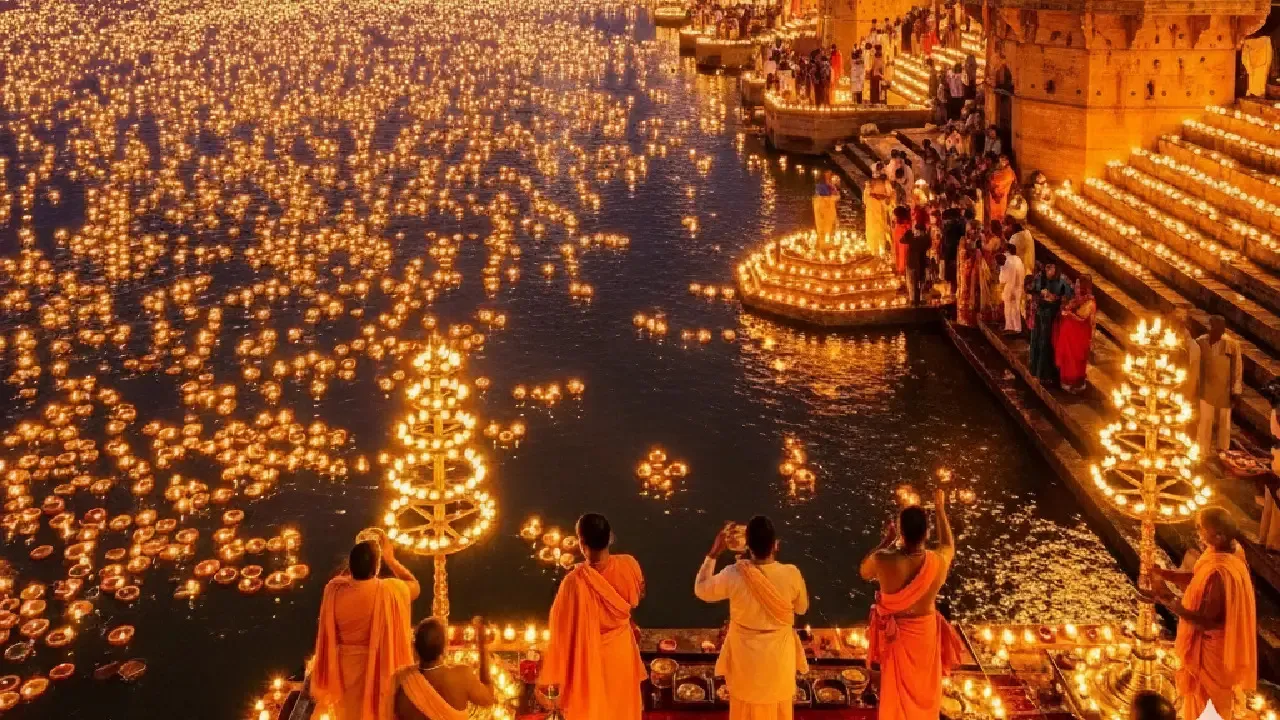
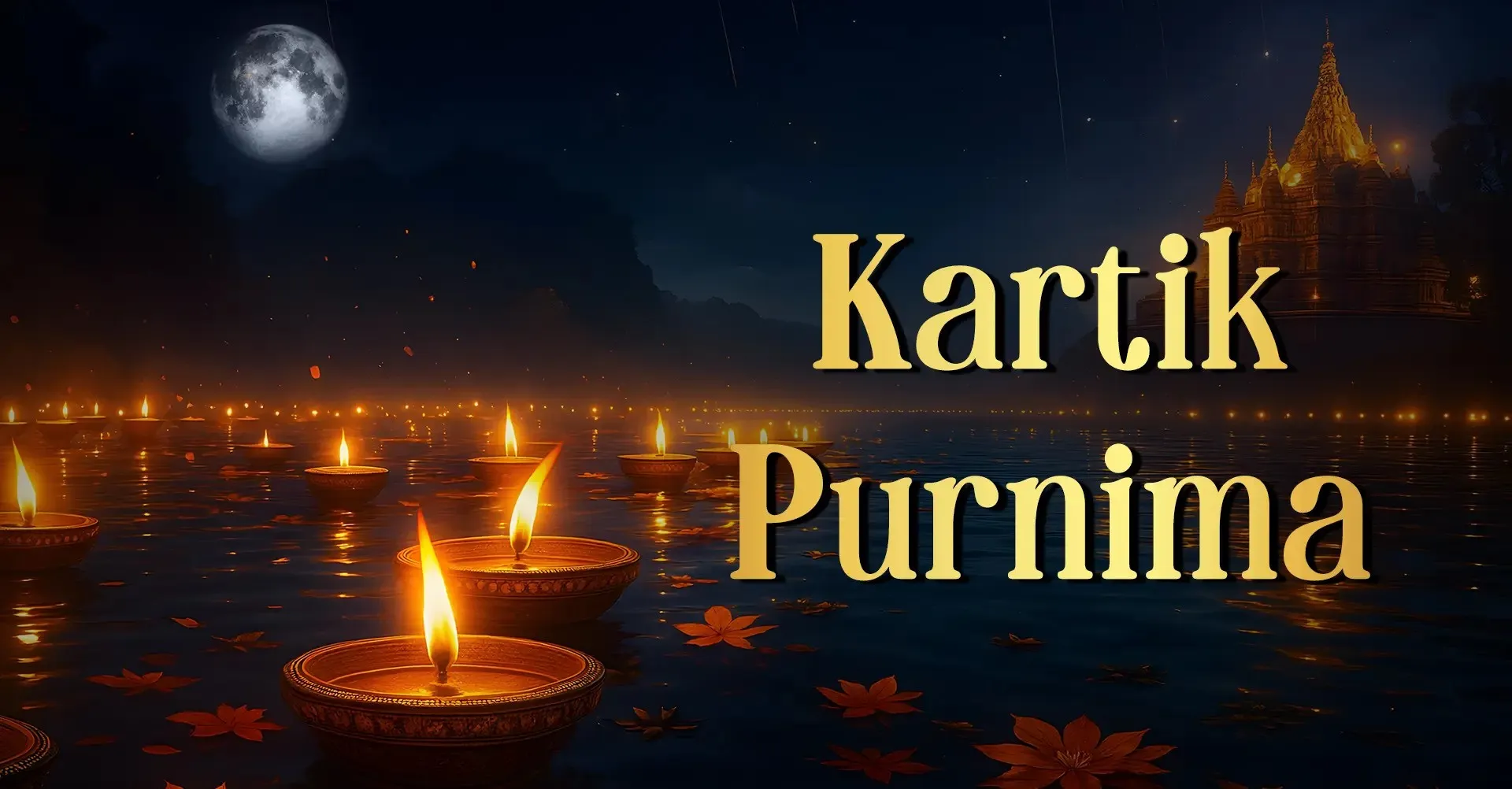
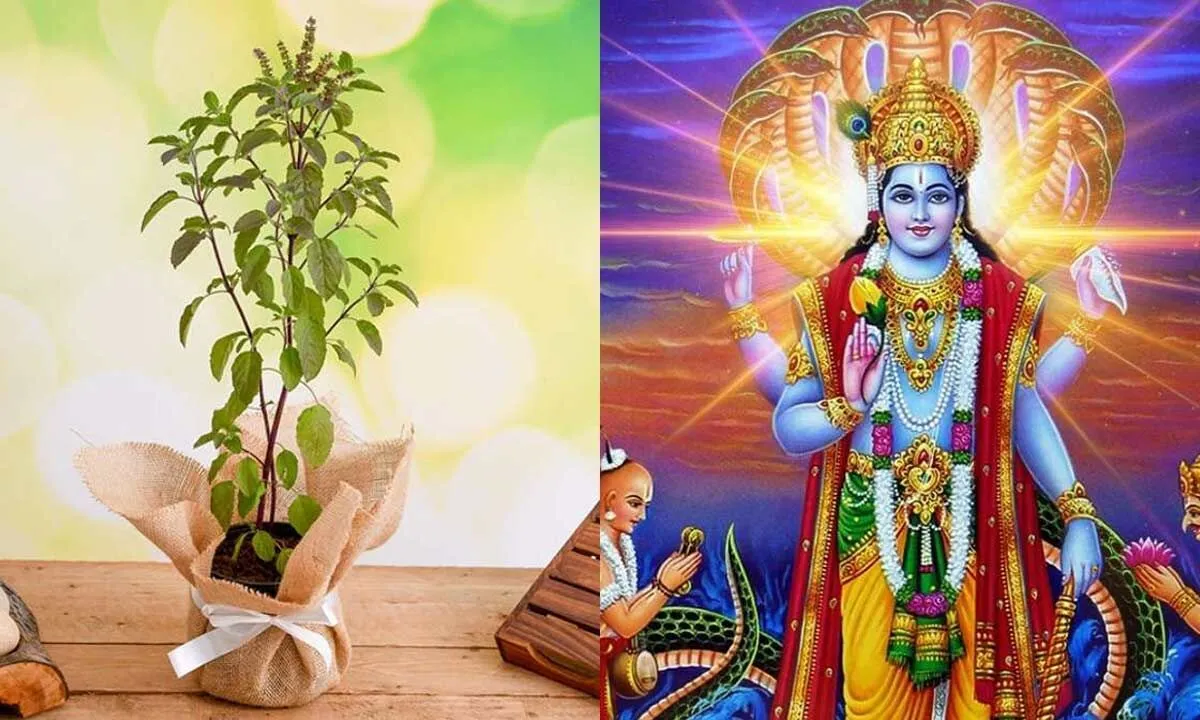
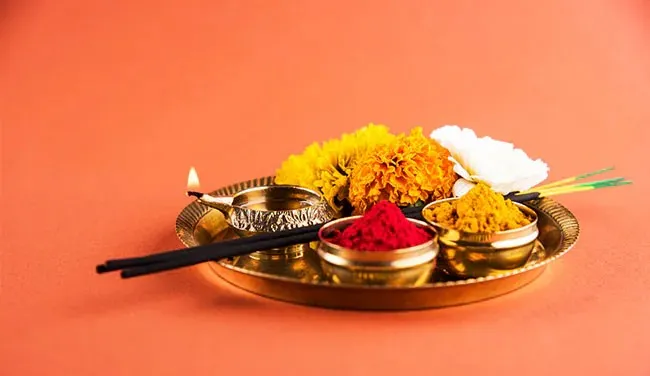
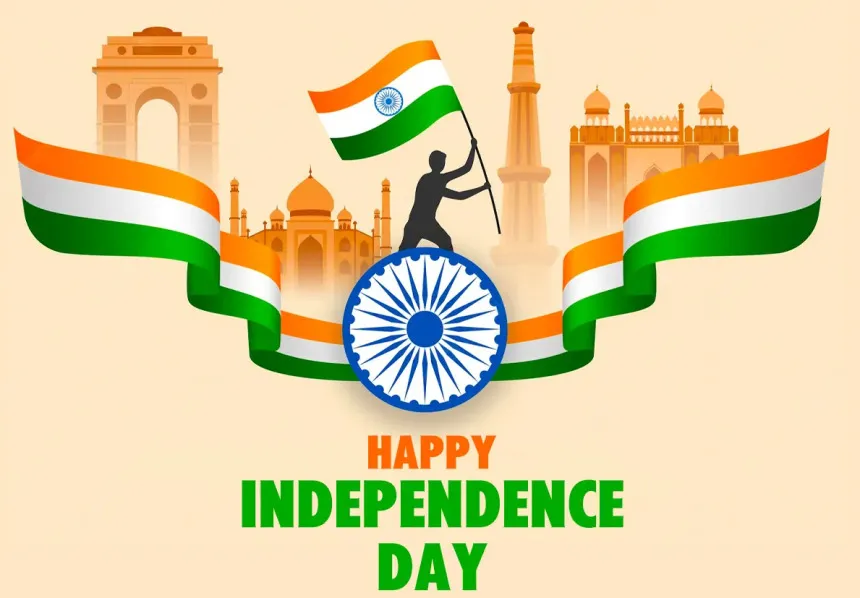

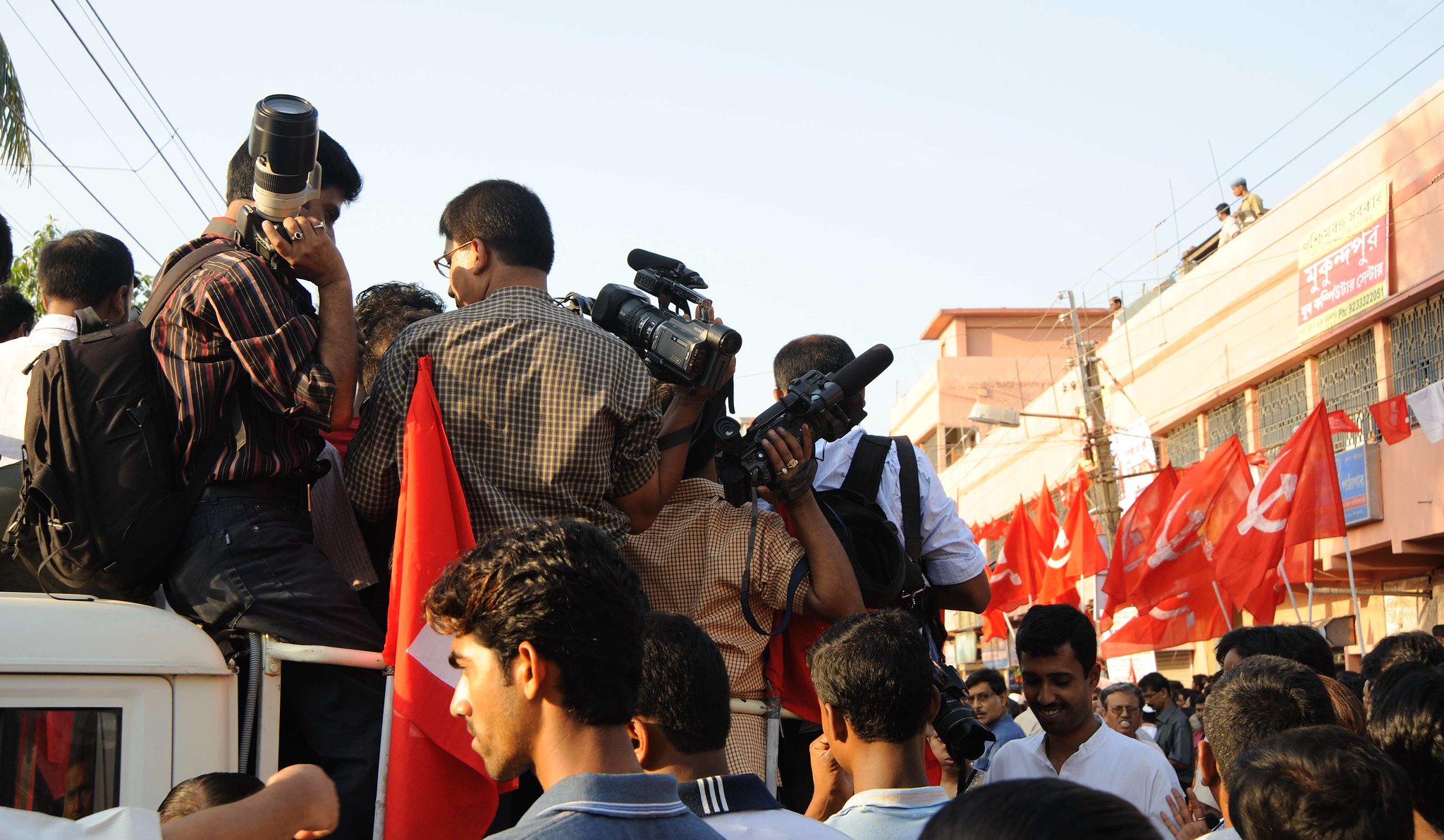
Recent Comments
No comments yet.